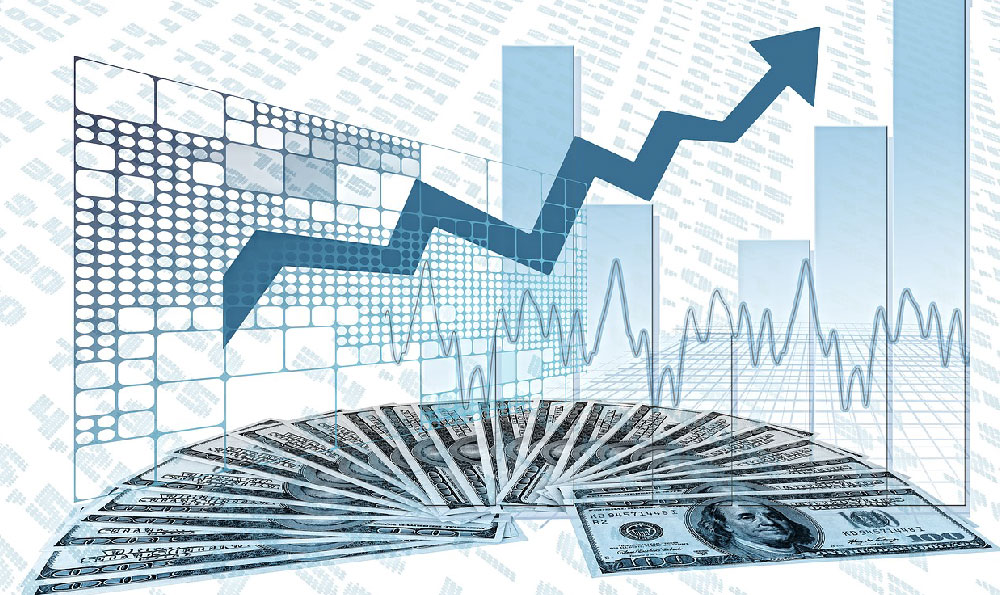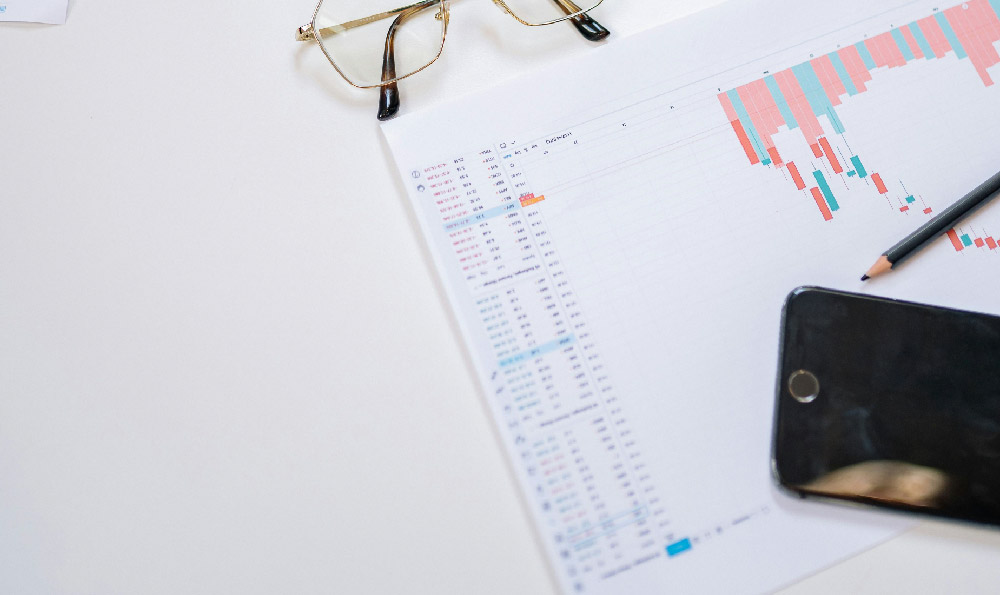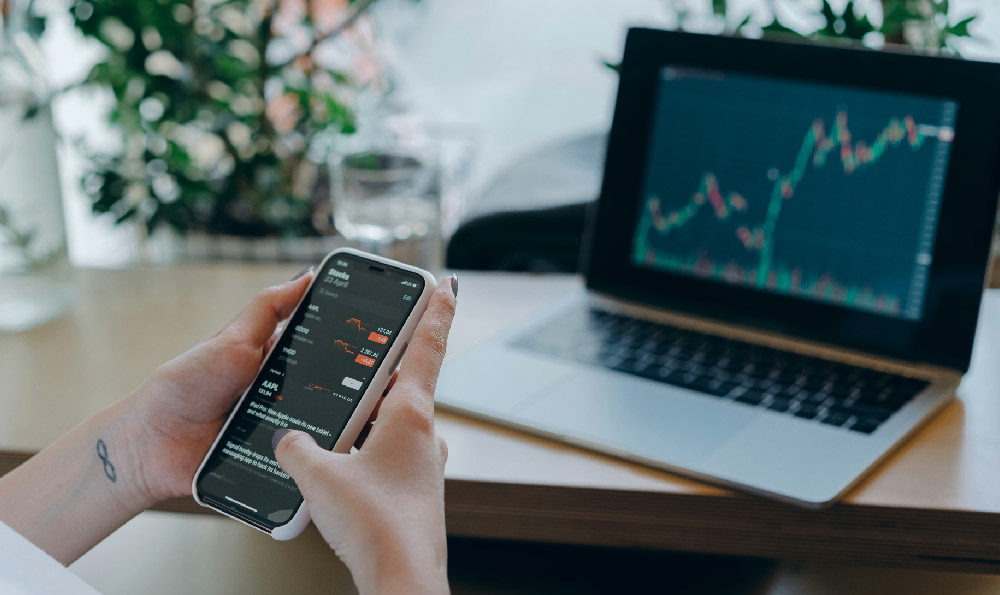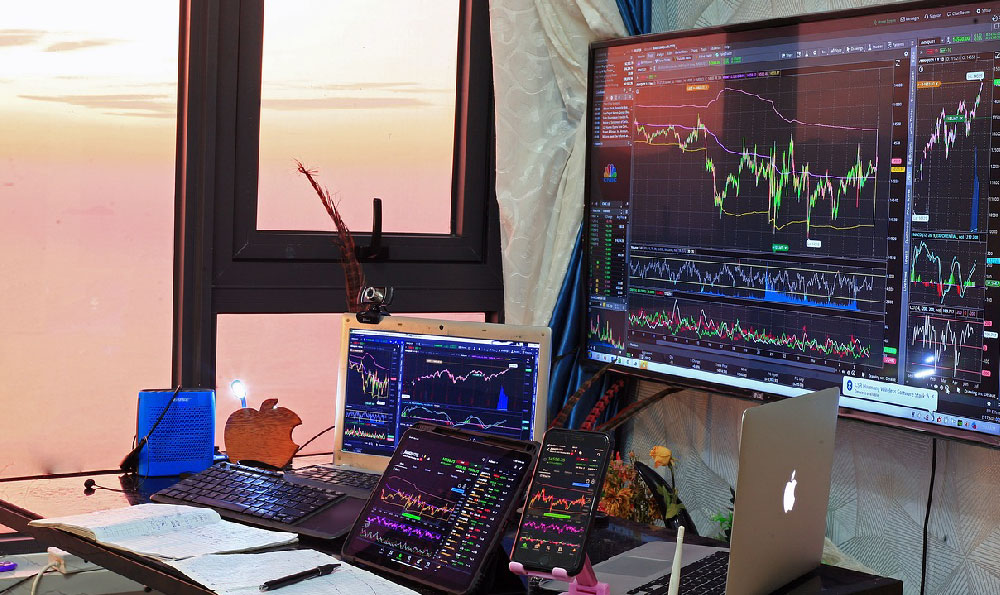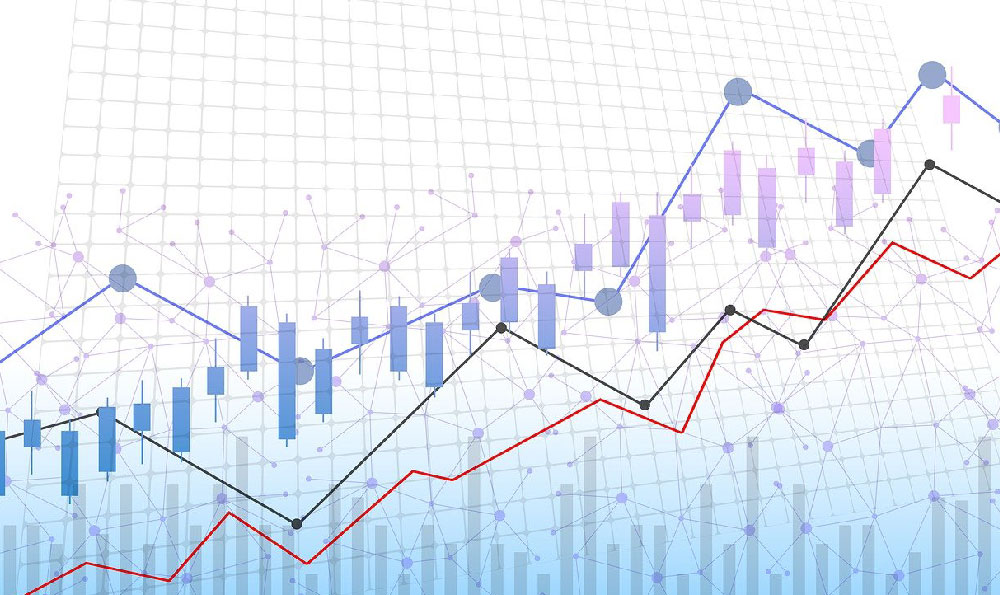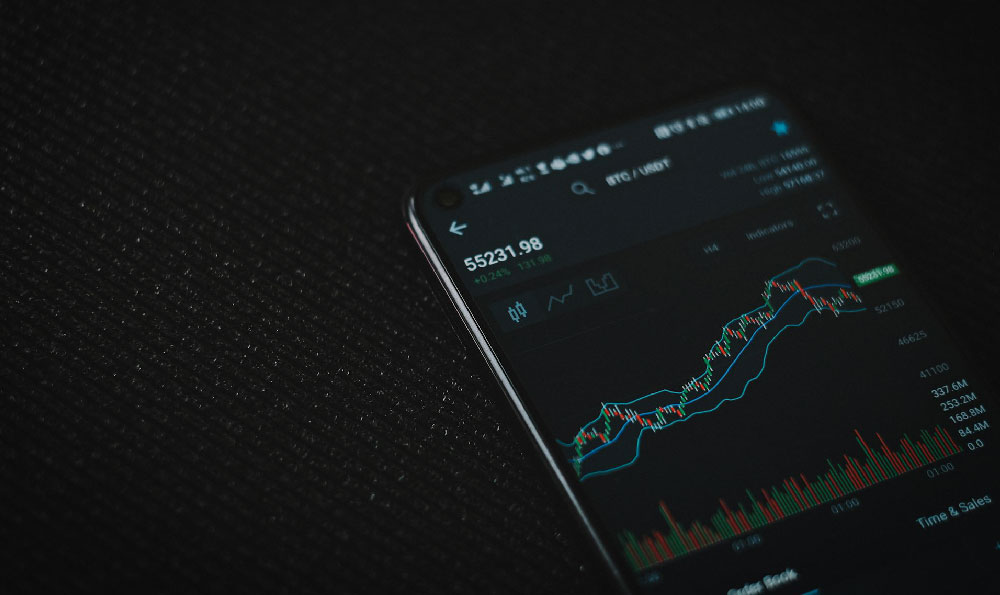Investing in gold and silver can be an attractive prospect for beginners looking to diversify their portfolios and potentially hedge against economic uncertainty. However, like any investment, success requires a solid understanding of the market dynamics, risks involved, and strategies for navigating the complexities. Let's explore the fundamentals of gold and silver investing, providing a roadmap for beginners to start and thrive.
First, it's crucial to understand why people invest in gold and silver in the first place. Historically, both metals have served as stores of value and safe-haven assets. Gold, in particular, is often seen as a hedge against inflation, currency devaluation, and geopolitical turmoil. When traditional assets like stocks and bonds decline in value, gold tends to hold its value or even appreciate, providing a buffer against losses. Silver, while also considered a precious metal, has more industrial applications than gold. This dual role means that silver's price is influenced by both its monetary demand and its industrial demand, making it more volatile than gold.
Before diving in, assess your risk tolerance and investment goals. Are you looking for long-term capital preservation, short-term gains, or a combination of both? Your answer will influence the type of gold and silver investments you choose. For instance, if you're risk-averse and seeking long-term security, physical gold might be a suitable option. If you're comfortable with higher volatility and aiming for quicker profits, gold and silver mining stocks or exchange-traded funds (ETFs) could be more appealing.
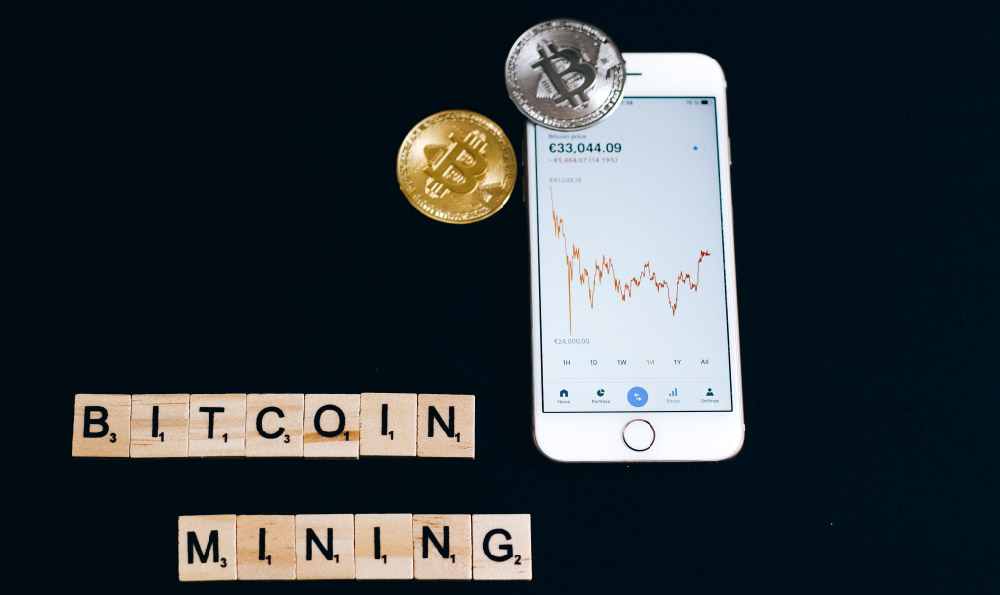
Now, let's consider the various ways to invest in gold and silver.
Physical Gold and Silver: This involves buying actual gold and silver bars, coins, or jewelry. The advantages of physical ownership include tangible asset control and direct exposure to the metal's price movements. However, it also comes with storage costs, insurance fees, and the risk of theft. When purchasing physical gold and silver, it's crucial to buy from reputable dealers to avoid counterfeit products. Consider the premiums you'll pay above the spot price (the current market price of the metal) and factor in the costs of securely storing your investment.
Gold and Silver ETFs: Exchange-Traded Funds (ETFs) offer a convenient way to gain exposure to gold and silver without physically owning the metals. These funds track the price of gold or silver and trade on stock exchanges like regular stocks. ETFs offer liquidity, diversification, and lower storage costs compared to physical ownership. However, they come with management fees and potential tracking errors, meaning the ETF's price may not perfectly mirror the underlying metal's performance. There are two main types of precious metals ETFs: those that hold physical metals in vaults and those that invest in gold and silver futures contracts. Understand the fund's underlying assets and strategy before investing.
Gold and Silver Mining Stocks: Investing in companies that mine gold and silver can provide leverage to the metals' prices. If the price of gold or silver increases, mining companies' profits can rise significantly, potentially leading to higher stock prices. However, mining stocks are inherently riskier than owning physical gold or silver due to factors like operational challenges, political risks, and fluctuating production costs. Research the mining company's management team, financial performance, and exploration prospects before investing. Diversify your holdings across multiple mining companies to mitigate risk.
Gold and Silver Futures Contracts: Futures contracts are agreements to buy or sell a specific quantity of gold or silver at a predetermined price and date in the future. Futures trading is highly leveraged, meaning you can control a large position with a relatively small amount of capital. This can amplify both potential gains and losses. Futures are generally not recommended for beginners due to their complexity and high risk. If you choose to trade futures, start with a small position and use risk management tools like stop-loss orders to limit potential losses.
Once you've chosen your investment method, it's essential to develop a well-defined investment strategy.
Dollar-Cost Averaging: This involves investing a fixed amount of money in gold or silver at regular intervals, regardless of the price. This strategy helps to smooth out price fluctuations and reduce the risk of buying at the peak.
Diversification: Don't put all your eggs in one basket. Diversify your portfolio across different asset classes, including stocks, bonds, real estate, and precious metals. This will help to protect your portfolio from market volatility.
Long-Term Perspective: Gold and silver are often considered long-term investments. Be prepared to hold your investments for several years to benefit from potential price appreciation.
Stay Informed: Keep abreast of market news, economic trends, and geopolitical developments that could affect the price of gold and silver. Follow reputable financial news sources and consult with financial advisors to make informed investment decisions.
Rebalancing: Periodically review your portfolio and rebalance your asset allocation to maintain your desired risk profile. This may involve selling some of your gold or silver holdings if they have become a disproportionately large part of your portfolio.
Investing in gold and silver can be a rewarding experience, but it requires patience, discipline, and a willingness to learn. By understanding the fundamentals, assessing your risk tolerance, developing a sound investment strategy, and staying informed, you can increase your chances of success in the precious metals market. Remember to consult with a qualified financial advisor before making any investment decisions. They can provide personalized advice based on your individual circumstances and help you achieve your financial goals. Avoid get-rich-quick schemes and focus on building a diversified portfolio that aligns with your long-term investment objectives. Start small, learn as you go, and gradually increase your investment as your knowledge and confidence grow.


